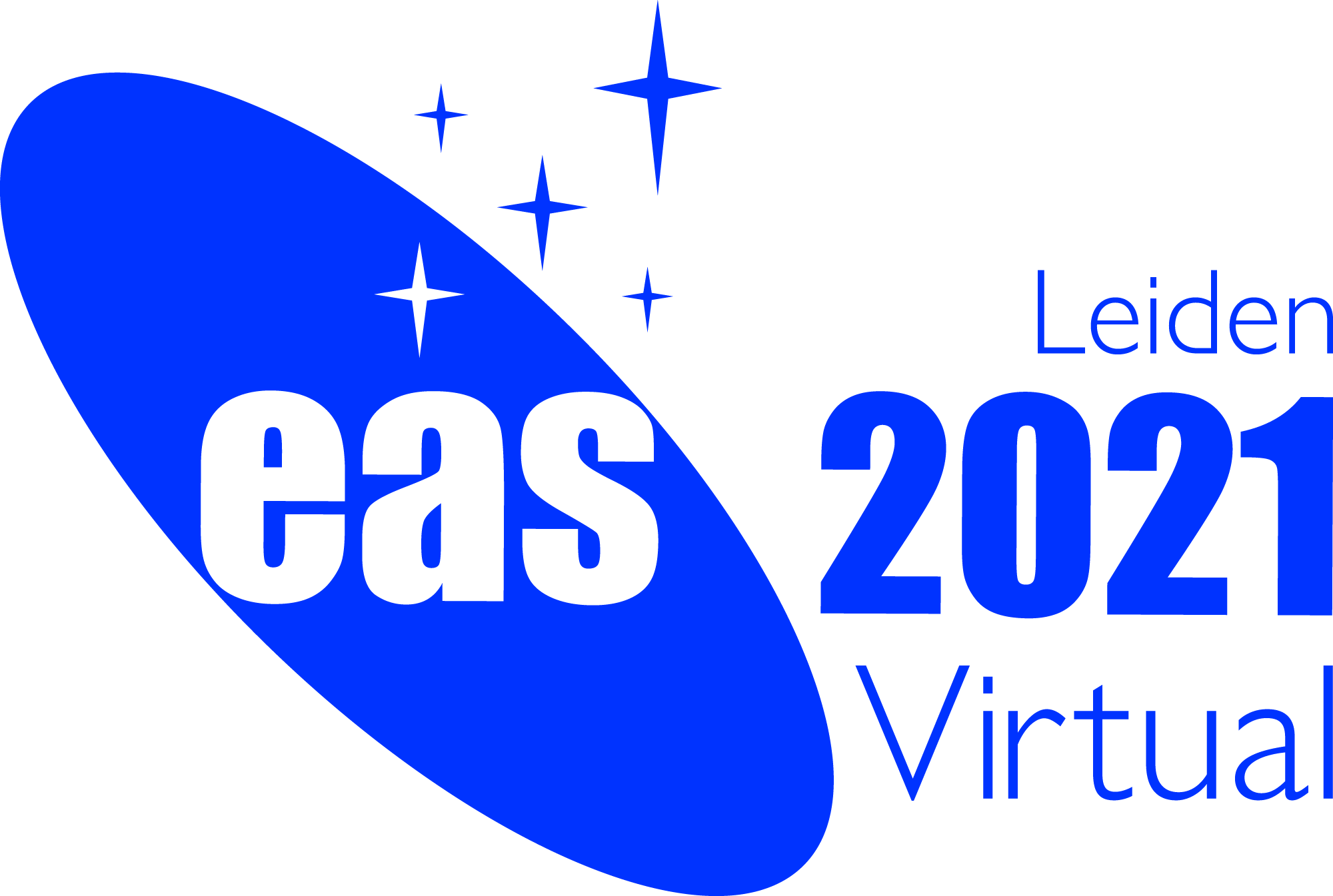
|
Symposium S5
28-29 June 2021
Neutron stars and fast radio bursts: a magnetic connectionStrength, structure and evolution of neutron star magnetic fields is of great importance to understand neutron stars phenomenology. Recent observational results have highlighted the connection between magnetars (isolated neutron stars with magnetic fields up to 10^15 G and powered by magnetic energy) and two different classes of extragalactic transients: fast radio bursts and high-energy transients in nearby galaxies mimicking short gamma-ray bursts. Recent numerical simulations for the first time have showed 3D maps of magnetic and thermal structures at the magnetar surface which will be of great importance for interpreting future observations. We aim at gathering together the communities of observers and theorists working on these different topics, to discuss the wealth of new data that are currently becoming available in these dynamical fields. Fast radio bursts (FRBs) are impulsive events with a confirmed extragalactic origin, but of still mysterious origin. They produce in a few millisecond very bright radio emission with intensity 0.1--100 Jy at 1.4 GHz and observed radio luminosity spanning a large range of 10^36-10^43 erg/s. The discovery of more than a dozen of repeating FRBs, besides allowing precise localizations and the identification of host galaxies, demonstrates that, at least a fraction of FRBs, are produced in non-destructive events. Many models proposed for FRBs are based on magnetars, since these are among the few astrophysical objects that can satisfy the stringent energy and size constraints posed by FRB properties. A strong observational support to FRB models based on magnetars has been recently provided by the simultaneous detection of an X-/gamma-ray burst and a FRB-like radio pulse from the magnetar SGR 1935+2154 in our Galaxy. The radio luminosity of this event is only a factor of few tens below that of the weakest FRBs, demonstrating an exciting connection between magnetars and FRBs. Magnetars (of which less than 30 are currently known in the Milky Way and Magellanic Clouds) are also of interest for their sporadic emission of Giant Flares, extreme bursting events that can reach peak luminosity up to 10^47 erg/s at X/gamma-ray energies for a fraction of a second. While we have strong evidence that many distant short gamma-ray bursts (GRBs) originate from the merging of binary neutron stars, the energy release of a GRB coming from a nearby galaxy is consistent with that of a giant magnetar giant flare. Indeed a magnetar origin has been shown to be consistent for short GRBs observed in the directions of M81, of Andromeda, and most recently, of the Sculptor Galaxy (GRB200415A). Furthermore, even before the first detection of gravitational waves, early LIGO results provided upper limits excluding a binary merger for a nearby short GRB. These results are stimulating a major effort in trying to identify giant magnetar flares in the population of short GRB and at the time of the next EAS meeting, we expect there will be great novelties in the field. In this symposium, we propose to review modern magneto-thermal models for evolution of neutron stars, the connection between magnetar bursting activity and fast radio bursts and to discuss the relevance and possible manifestations of magnetar giant flares in external galaxies. The new multi-wavelength data from many facilities as well as the theoretical developments stimulated by the recent results indicate that it is very timely to gather together the magnetar and FRB communities in order to discuss these developments as well as to foster future collaborations. Programme
Invited speakers
Scientific organisers Carlo Ferrigno (UNIGE, CH, chair), Andrei Igoshev (co-chair, Leeds, UK) Sandro Mereghetti (INAF, IT), Volodymyr Savchenko (UNIGE, CH), Francesca Panessa (INAF, IT), Jason Hessels (UVA, NL), Evan Keane (SKA, UK), Laura Spitler (MPIFR, De), Enrico Bozzo (UNIGE, CH), and Erik Kuulkers (ESA/ESTEC, NL) , Sergei Popov (MSU, Russia), Konstantinos Gourgouliatos (University of Patras, Greece), Amruta Jaodand (Caltech, USA) Contact
Carlo Ferrigno, session chair: Updated on Thu Feb 04 16:32:31 CET 2021
|
|||||||||||
|
European Astronomical Society |
||||||||||||
 A power cut will shut down all EAS services on Tuesday, 10 January 2017 starting at 7:30 CET.
A power cut will shut down all EAS services on Tuesday, 10 January 2017 starting at 7:30 CET.


